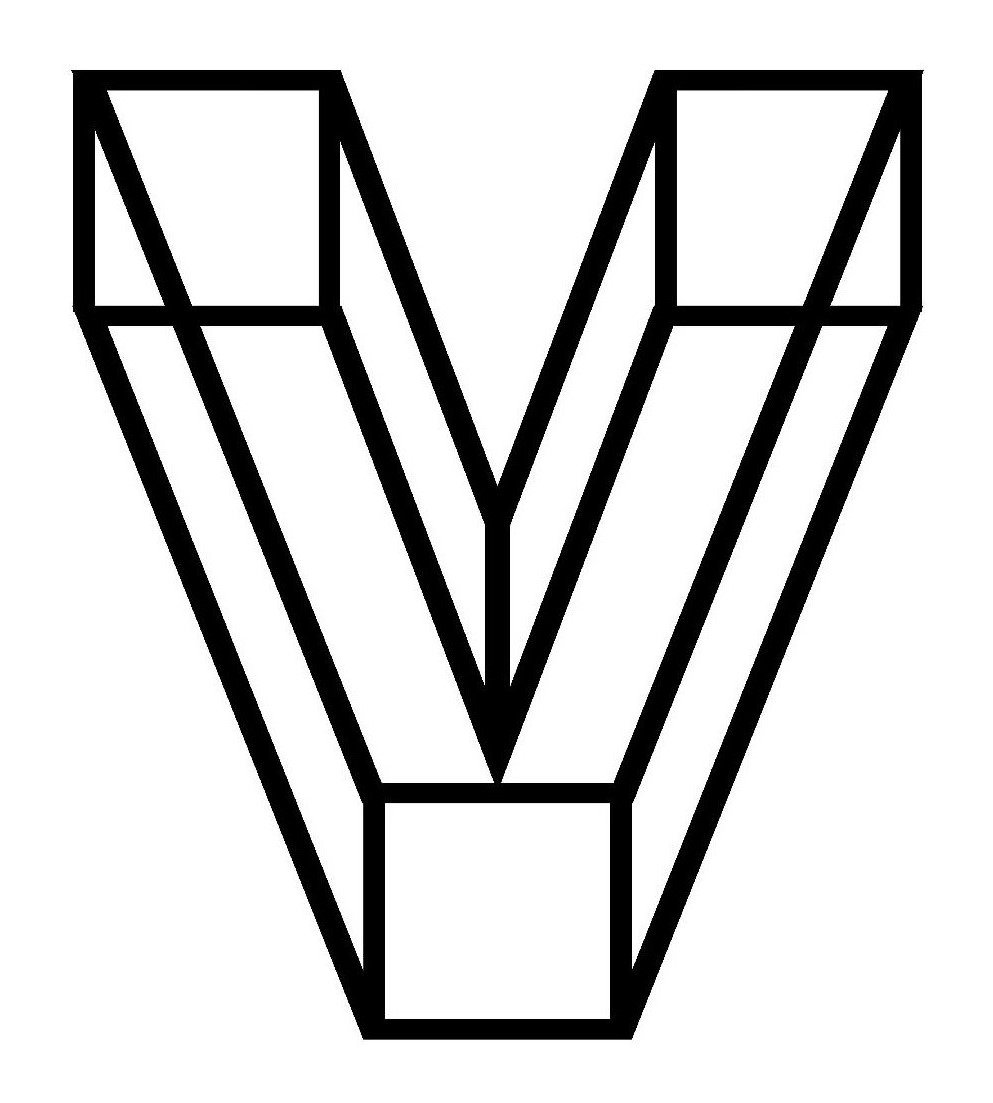CHICANES by Clara Schulmann — reviewed by Stella
Chicanes by Clara Schulmann (translated from French by Naima Rashid, Natasha Lehrer, Lauren Elkin, Ruth Diver, Jessica Spivey, Jennifer Higgins, Clem Clement and Sophie Lewis)
Chicanes is a collection of short pieces about voice and women’s experience. Schulmann dips and pivots, captures, and lets fly. She delves into literature and classics, art and film, exploring how women use their voice and how they are used (or stigmatised) by their voice. Her digressions move against each other building questions and ideas under the chapter headings ‘On/Off’, ‘Breathing’, ‘Fatigue’, ‘Overflowing’, ‘Speed’, and ‘Irritation’. The essays and snippets are both personal and critical (feminist theory and art critique are bundled here nicely, without being too pointy-headed; in other words, you can take it as you find it or investigate further), angry, and amusing. Taking her watching (cinema) and reading (essays and fiction), Schulmann drives us, never in a straight line, so we can observe her thinking about voice — its physical, emotional and intellectual power — and its cultural significance. How are women through their voice portrayed in films? Are they mostly silent/ screaming/ husky or simpering? How do women use their voices to protest and complain about inequality? Is it subtle? A pointed yet subtle change in mode or a tirade of small irritations (no time, too many family demands, commonplace sexism at work)? There are so many ideas packed into these short pieces, and they point in further directions and diversions. She quotes writers and draws up a map by which we can navigate her thinking out loud — about voice and in voice. In French the title is Zizanies which translates as discord or disharmony. When we say the word ‘voice’ we are likely to think of harmony or articulation. Yet if we think about the idea of voice as Schulmann has in the context of gender, discord is more than appropriate. The English language title, Chicanes: a sharp double bend, likely with some obstacle; is an apt descriptor also. Interestingly, there are several translators (one for each section), each with their ‘own voice’ interpreting Clara Schulmann’s interpretations. This observation by the author of language and tone (voice) by other writers/artists and then in turn via interpretation gives readers in English another level of voice. And then, in turn, we use our voice in its imperfect way, to reflect our emotional and cultural condition. The book is immersive and curious in the best possible way.

